Even if you’ve never step foot in Malta before, you’ll likely recognise it from the screen. Cinematic magic is born on the island home to some of the oldest archaeological sites in the world. A glimpse into the silent city of Mdina, or the classical capital of Valletta, quickly answers why Malta was selected as a muse for popular culture moments like Game of Thrones and Gladiator. Stay with us for five days of exploring the eastern coast of Malta: all the way from Marsaxlokk to Gozo, plus ample time spent sightseeing in a metropolis that rolls off the tongue.
Before we get started
One of the best bits of visiting Malta is how convenient travel on the main island is. There are regular buses running from Valletta to most areas; the bus service itself is comfortable and runs everyday from 5:30am to 11pm. On Friday and Saturday nights, you can catch a night bus.
Malta is marginally more expensive than Italy, but is considered to be one of the cheaper countries in the EU. It’s also only located 60 miles south of Sicily. There’s two ferry routes currently connecting the islands, with services running three times a day from Valletta to Pozzallo. If you’re looking to plan a Mediterranean Euro Summer special, might we suggest our The Godfather-themed guide?
In case you want to extend your trip in Malta, scroll to our information box where you’ll find suggested activities outside of our five day guide.

Day One: Valletta & The Three Cities
Since public transportation is convenient in Malta, it makes the most sense to use Valletta as your base for the next few days. This way, you can embrace everything that this capital city has to offer at a steadier pace.
Besides, you don’t want to be rushing around too much in Valletta. There’s something to be said about meandering through Valletta’s fortified city streets, maybe grabbing a coffee at a café tucked inside an alleyway, or admiring one-of-a-kind artwork and antiques sold at understated galleries. Valletta’s status as a World Heritage City and an European Capital of Culture extends not just to its 320 monuments, but to all corners.
There’s a number of Instagrammable areas inside the city — from the scarlet Bridge Bar (Tip: book a Friday evening table for drinks and jazz) to an uncrowded peek of Marsaxmett Harbour at St. Michael’s Bastion, free of charge.
Standing above the rest is the Upper and Lower Barrakka Gardens. The two are a 10 minute walking distance from one another; the Lower gardens gives you a more intimate perspective of the Great Harbour, while the Upper gardens is the best on land for spotting the Three Cities. The Upper Gardens are narrowly the more interesting of the two, but that might have something to do with the considerable feline population you’ll find sunbathing here. Clearly, the cats are onto something.

The Upper Gardens’ view alone isn’t enough to do the Three Cities of Malta justice, however. In order to fully experience the charms of Birgu, Senglea, and Cospicua (interchangeably called Vittoriosa, Isla, and Bormla), we recommend booking yourself onto a harbour cruise such as this tour.
You’ll need to make enough time for travelling to Sliema from Valletta first, as this is where boat trips to and around the Three Cities leave from. There’s a ferry service once every 30 minutes, and the journey takes around 15 minutes. Keep in mind that the ferry service becomes irregular after 8pm.
Between the maze of artifacts and its defacto capital status, Birgu is the most popular city. But the Gardjola Gardens of Senglea and the churches of Cospicua give all three destinations their own touch. If you’re planning a longer trip, we’d recommend setting aside an entire day to explore all Three Cities on foot.

Day Two: Marsaxlokk & Valletta
Assuming you weren’t busy getting acquainted with St Julian’s nightlife the evening before, it’s an early rise this morning to see Marsaxlokk.
Between the brightly painted boats and the lively market atmosphere, Marsaxlokk is not quite a sleepy fishing village. You only need a few hours here, but it’s the quality of time — not quantity — that makes this south-eastern spot worth going out of your way for.
The photogenic waterfront is reason enough for coming to Marsaxlokk, but you’ll need to book a boat journey in order to see the reason it’s a travel favourite. St Peter’s Pool is a tiny but revered bay, adorned with a cave and slabs of rock for sunbathing. The bright water can get quite crowded, but swimming here makes an exciting change from the thousands of steps you invariably take in Valletta.
There’s a few different tour operators you could go with, but for an authentic and personable experience, check out the local business Charlie’s Boat Trips. Services run everyday from 10am to 4pm, with a 9am start on weekends.
Fresh seafood simply doesn’t get better than what you’ll find at Marsaxlokk: particularly along the waterfront. But if you’d like a few non-fishy options on the menu, check out the family restaurant Skuna: it’s a little away from the harbour, but it’s a “Traveller’s Choice” on TripAdvisor no doubt thanks to the high quality of food served at a low price.
If you leave Marsaxlokk in the early afternoon, you could make it back into Valletta in time for more sightseeing. One of our top recommendations is the National Museum of Archaeology — open everyday except Tuesdays from 9am to 5pm. Inside you’ll find artifacts dated to the Neolithic period, as well as excavated pieces from Malta’s UNESCO heritage sites such as ‘The Sleeping Lady’. For only €5, this collection is not one you’ll want to skip.
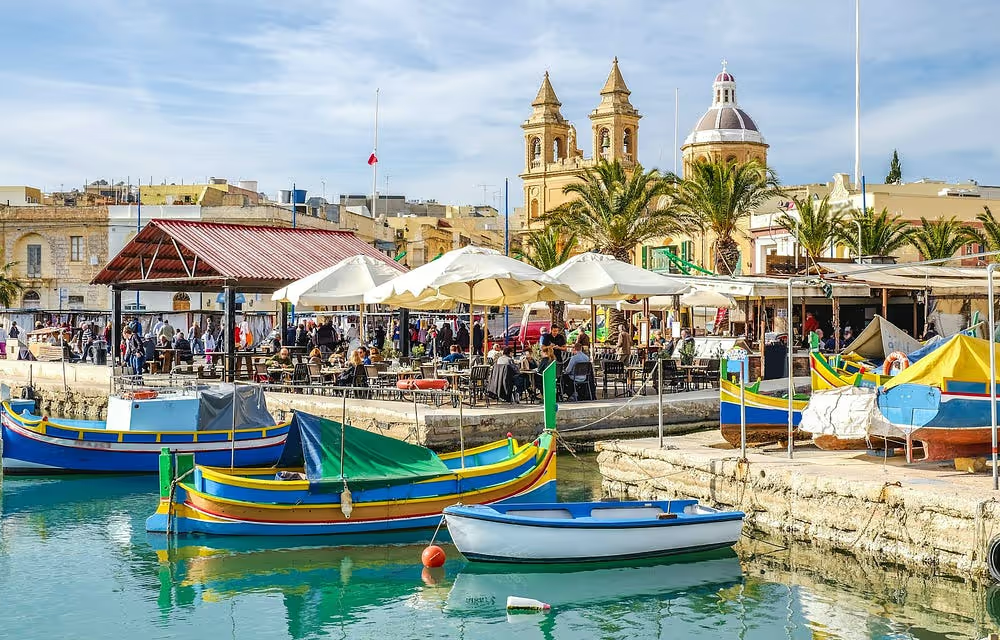
Day Three: Valletta & Mdina
Unlike yesterday, we suggest venturing outside of Valletta during the afternoon instead for day three. The silent city of Mdina is enchanting all hours of the day, but when the sun sets, the view genuinely belongs in a movie (alongside the hits it’s already featured in).
An early start is still encouraged, though; you’ll want to see the Grand Master’s Palace before the peak hours hit. There’s over 450 years of history inside this extravagant building alone, from the illustrative ceiling paintings to one of the world’s most esteemed armoury collections. No wonder it’s Malta’s most visited heritage site.
Leave Valletta some time in the early afternoon. Mdina may be little but you’ll need at least three hours to explore the fierce Silent City. Mesquita Square and Mdina Gate are among several Maltese filming locations for the television series Game of Thrones. Funnily enough, they’re still not the most photographed spots in Mdina — a door is.
Mdina gained its nickname as the Silent City when its capital status was revoked and the city became a ghost town. A new tradition of hushed voices eventually emerged and has now stuck around. You don’t actually have to be silent, but quietness is generally preferred; it adds to the “lost for words” aura.
Speaking of speechless, the sunsets in Mdina are a sought-after view. Photographs of the amber landscape are typically either taken from the city walls or the outskirts. If you’d prefer something a little more easygoing, book a table for Fontanella Tea Garden instead. Not much can beat cake with a view.

Day Four & Five: Gozo & Comino
After three days of intensive sightseeing, you may feel that your batteries need recharging. Lucky for you, unwinding is Gozo & Comino’s specialty.
Once you’ve checked out of your accommodation in Valletta, board a 45 minute ferry or water taxi to Gozo. Unfortunately, public transportation can be a little unreliable when travelling around Gozo. In order to make the most out of your stay, you’re better off either hiring a car, booking taxis through your accommodation, or booking onto a full-day tour.
You may have heard of pink sand before, but how about red? Located on the north-eastern coast, Ramla Bay is widely agreed to be the best beach in all of Malta. Even when the crowds come in the summer months, its beauty is not lost on you — particularly from viewpoints like the Tal-Mixta Cave.

If you’re after quieter beaches, however, try Dahlet Qorrot, San Blas Bay, or Xlendi Beach.
Gozo’s treasures are more than just surface-level. Named as one of the Top 10 scuba-diving spots in the world by Jacques Cousteau, what makes this destination eye-catching is a sense of mystery. From the chilling stairs of MV Karwela to the Blue Hole which is every bit encompassing as it sounds, adventures are never far away inside this island’s warm waters.
Comino may be smaller than Gozo, but this neighbouring island knows how to leave an impression. It’s home to possibly Malta’s most famous attraction, the ever-crowded but still enticing Blue Lagoon.
It’s worth checking out the Blue Lagoon purely for the aqua water, but don’t bother trying to find a spot on the beach — they’re likely all taken. If you’re hoping for a beach day on Comino, move onto Crystal lagoon: a 10 minute journey on foot away from the Blue Lagoon. The water may not be quite as saturated, but having the space to swim, snorkel and sunbathe makes it a superior choice for anyone after a small sense of seclusion.


.avif)




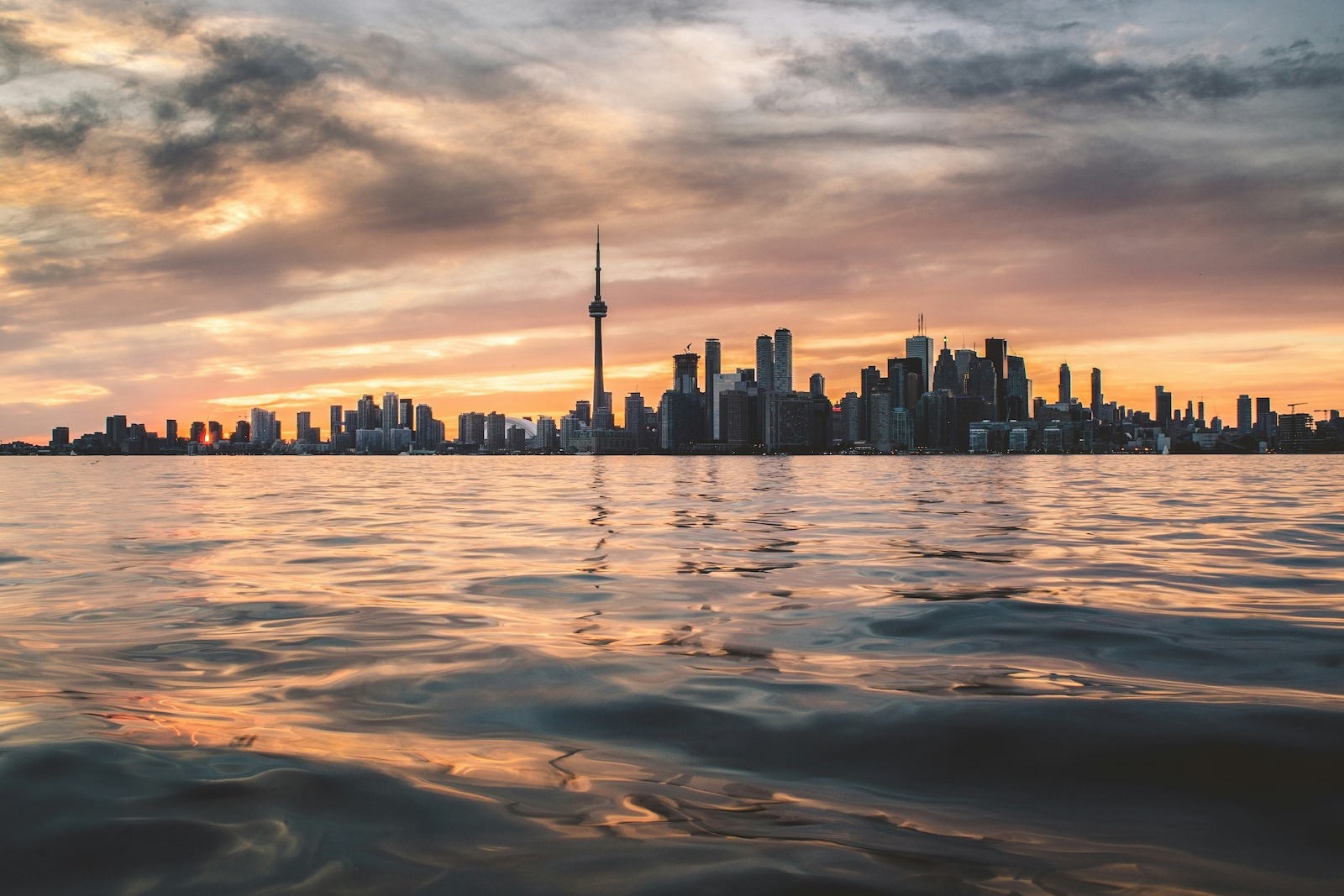

.avif)



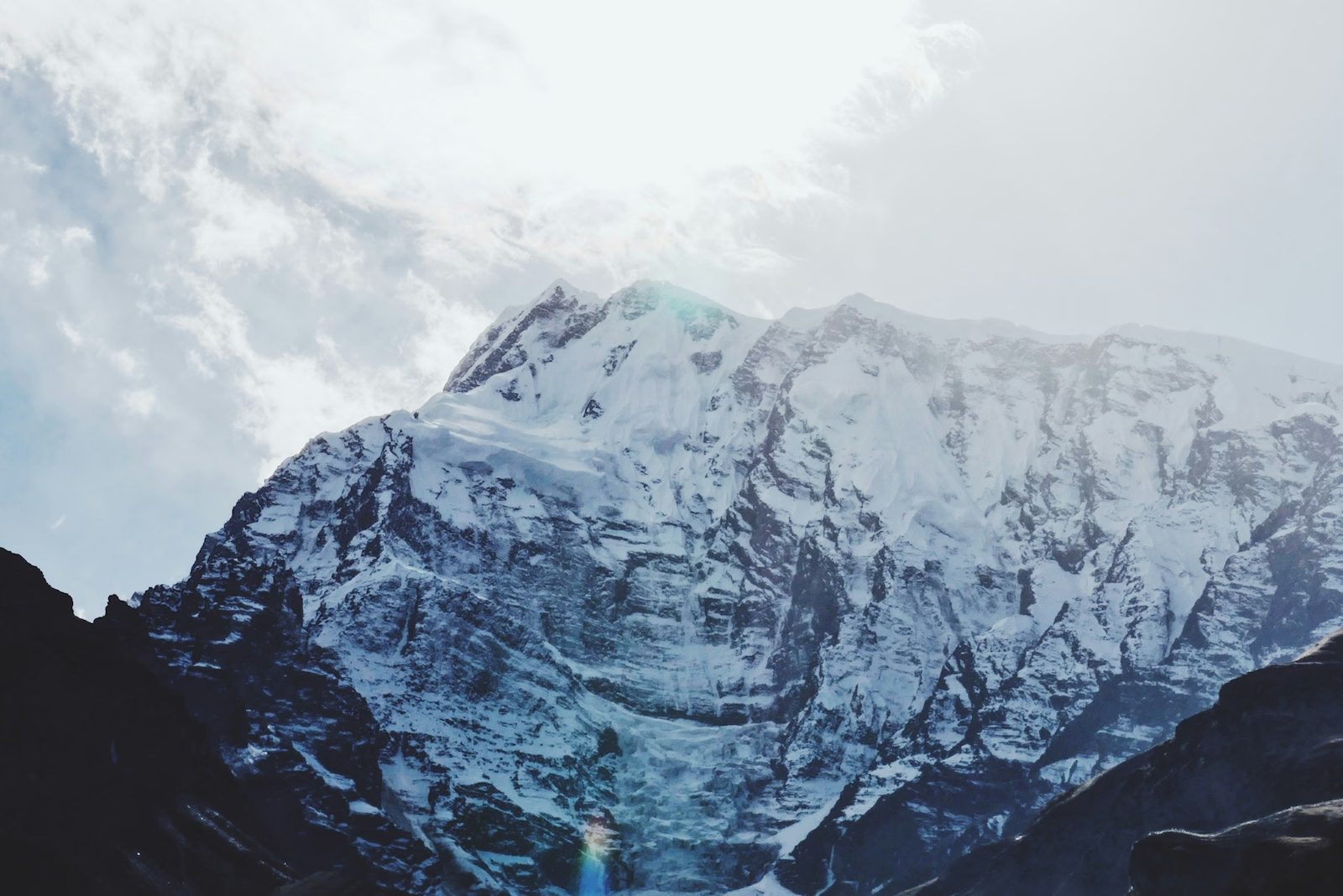
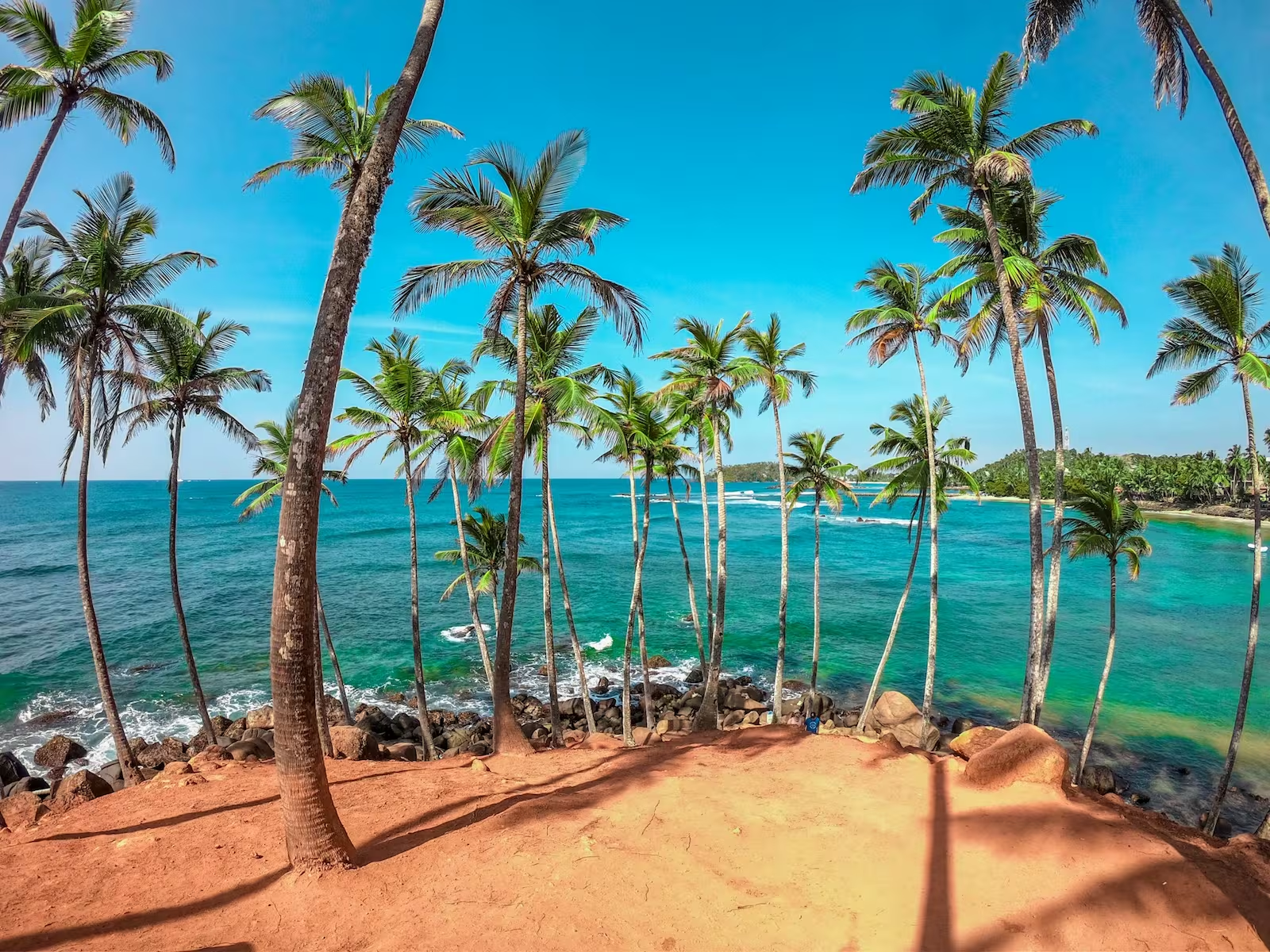

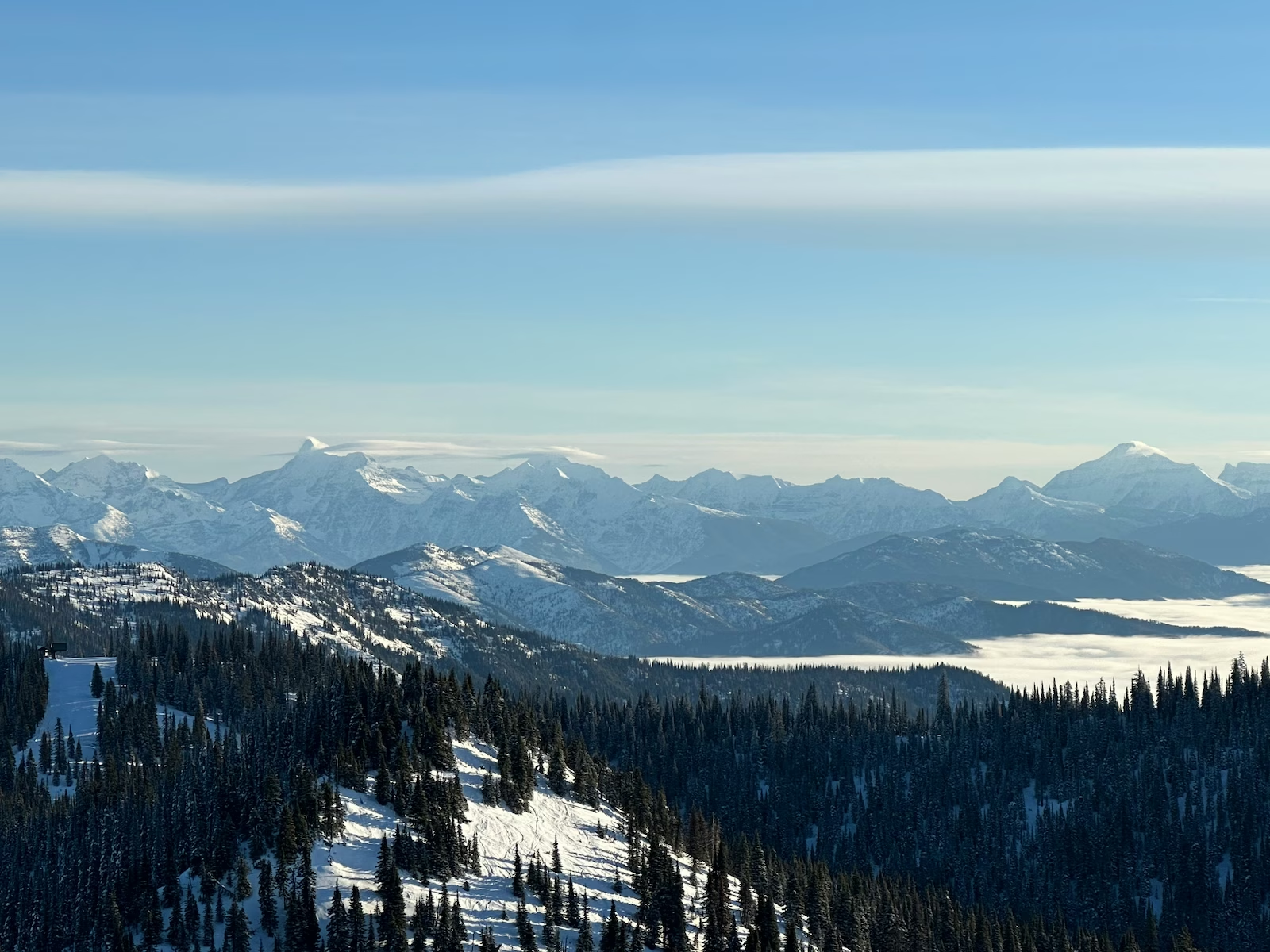
.jpg)